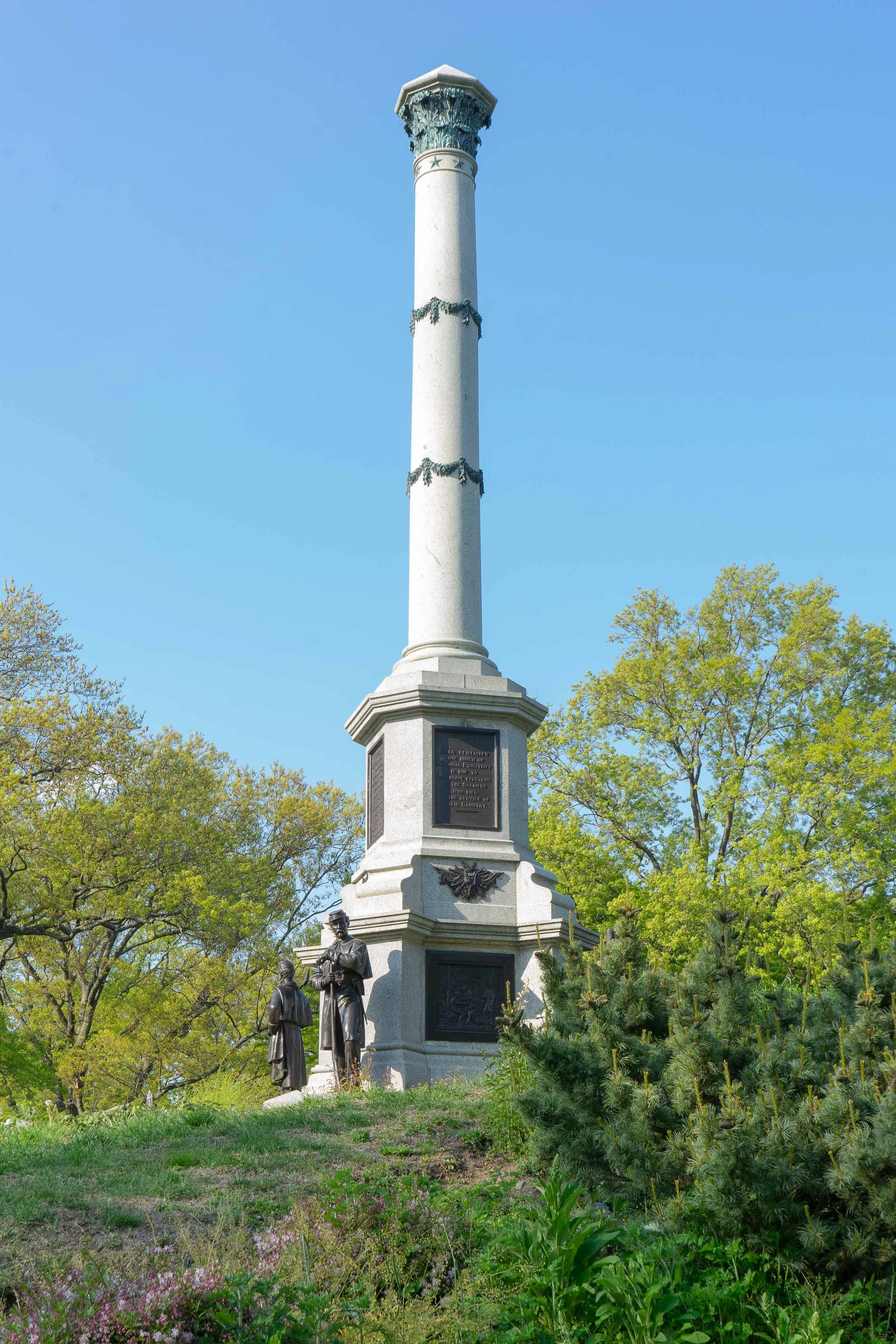I live near Greenwood Cemetery so it’s relatively easy to get to but I only started going there in 2020 to take photographs. It was designed by David Bates Douglass, with the first burial taking place in 1840. The cemetery is 478 acres and contains more than 600,000 graves. It is an accredited arboretum. There are many things to photograph, but its flowering trees and plants in the spring make compelling subjects to share.
The main entrance.
Hedges with graves on both sides of each row of hedges.
Crescent Water surrounded by mausoleums.
Crescent Water and mausoleum
Near Battle Hill with view of lower Manhattan.
Blossoming dogwood tree across the way.
Tree with lichens and vine next to graves.
This tree has overtaken most of the headstone. In time, it may swallow the entire headstone.
Looking southwest toward New York Harbor and in the distance, stevedore cranes for unloading ships in New Jersey.
Mausoleum for G.W. Browne, appropriately made of brownstone, the same kind of stone used on many of the early homes built in Brooklyn, which are referred to as brownstones.
Entrance to Browne Mausoleum.
Loftis Wood Mausoleum.
Wiarda Mausoleum on Crescent Water.
White Azaleas in full bloom late May.
Red Azaleas, late May.
White Azaleas, late May.
A grove of weeping beech trees creating a tunnel over the path.
Mountain Laurel in full bloom, early June. Purple Beech trees in the background.
A close-up of Mountain Laurel.
Dogwood flowers and leaves, early June.
Symmetrically shaped tree -Juniper (?).
Japanese Maple.
Encircled mausoleum and other graves.
Gargoyle also serving as water drain.
Minerva and the alter of liberty located on Battle Hill. Minerva gives a ‘high five’ to the Statue of Liberty off in the distance in New York Harbor.
Kiss Face, a sculpture donated to Greenwood, not associated with a grave site.
Civil War Memorial Monument located on the highest point in the cemetery and Brooklyn.
A figure from the Civil War Monument on Battle Hill memorializing those who fought and died in the Civil War. Manhattan in the background.
Statue on the Civil War Memorial.
Black Moccasin (Hidatsa), who helped Lewis and Clark while wintering in what is now North Dakota on their exploration of the Louisiana Purchase. Sculpted by John Coleman, Black Moccasin is based on a painting by George Catlin, who visited Black Moccasin about 25 years after the Lewis and Clark trip.
Weather-beaten remembrance left at a child’s grave site.
Group of similarly designed headstones. The interloping tree, left to grow, will cause problems down the road as it spreads between the grave stones. Tending to nature requires constant attention at the cemetery.
Japanese Maple shading a row of graves.
Plant in front of headstone with a declaration of love.
A declaration of commitment to remember.
An expression of deep appreciation.
Loss of a child.




































